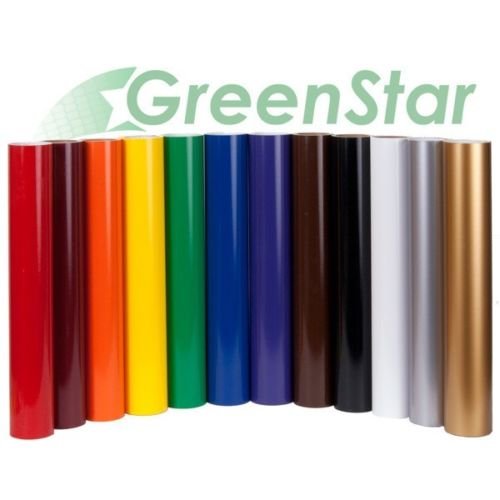Uscutter Vinyl Cutter Tips
Vinyl cutter tips never go out of style, so here’s a post that goes all the way back to 2012, explaining how to troubleshoot three common vinyl cutter problems.A is an invaluable piece of equipment to add to your business. It allows you to personalize on demand without having to wait for items to ship from your supplier. It also gives you an unbelievable amount of creative freedom and, most importantly, allows you to decorate in-house, therefore keeping more of your profits by not having to outsource.Vinyl cutters are also exceptionally easy to use. Some have a few more bells and whistles than others, but for the most part, it’s a pretty simple process. Place the under the pinch rollers, adjust the force and speed according to the directions accompanying the media you are cutting, send your artwork from your computer to your cutter and voila! You have a custom design ready to apply once it’s weeded.
When I was learning how to use a cutter, I couldn’t believe how easy it was, except after a while I began running into a few snags. Here are 3 troubleshooting tips to help you maximize your material and extend the life of your blade and machine. I use a, but each of the following tips can be amended for your cutter.1. Problem: The blade appears to be skipping, causing tiny uncut sections in your design.Solution: Check your cutting strip.The cutting strip is a long, thin strip that extends along the bottom of your cutter and serves as protection from the blade, extending the life of your blade. Many people don’t even know it needs to be changed every now and then. If you look at your and it has cutting grooves in it, it is time to replace it. For $15-$20, you can get cleaner cuts on your material and extend the life of your blade.2.
Heat Transfer Vinyl Cutter
Problem: The is cutting through the mylar carrier or cutting inconsistently, even after you’ve adjusted the force.Solution: Check your blade extension.It seems logical that if you extend the blade out further, you will get a more forceful cut, but this is not the case. The blade should never extend more than the width of a credit card below the blade holder. Adjust the force and speed settings within the manufacturer’s specified ranges for the heat transfer vinyl you’re cutting.
Make sure to perform test cuts. You can save a ton of material by utilizing test cuts.3. Problem: Rounded corners or little flags of material in your design.Solution: Typically an offset issue.Your cutter comes with a default offset from the factory, but like heat printing’s three wise men: time, temperature, and pressure, the three amigos of vinyl cutting are force, speed, and offset. Don’t discount this setting just because it’s not as easy to find on the menu as the other two. The offset is how the machine balances itself depending on what type of blade you are using. Rounded corners suggest raising the offset and little snags mean it’s time to lower the offset.

If you are using a 40° blade, start with a.25 and slowly go down to.20 until you get a clean cut. For a 60° blade a good place to start is.50. Watch this video to help you better.Sharing is caring!
Writes about products and services to help you navigate when shopping online. Find all the best offers at our.Disclosure: This post is brought to you by the team. We highlight products and services you might find interesting. If you buy them, we get a small share of the revenue from the sale from our commerce partners. We frequently receive products free of charge from manufacturers to test. This does not drive our decision as to whether or not a product is featured or recommended. We operate independently from our advertising sales team.
We welcome your feedback. Email us at insiderpicks@businessinsider.com. Insider Picks writes about products and services to help you navigate when shopping online. Insider Picks writes about products and services to help you navigate when shopping online.